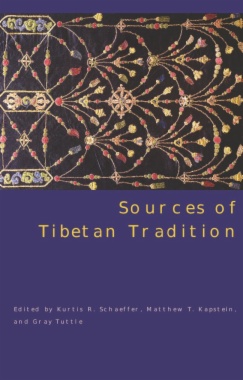Economic, academic, and social forces are causing undergraduate schools to start a fresh examination of teaching effectiveness. Administrators face the complex task of developing equitable, predictable ways to evaluate, encourage, and reward good teaching in science, math, engineering, and technology.
Evaluating, and Improving Undergraduate Teaching in Science, Technology, Engineering, and Mathematics offers a vision for systematic evaluation of teaching practices and academic programs, with recommendations to the various stakeholders in higher education about how to achieve change.
What is good undergraduate teaching? This book discusses how to evaluate undergraduate teaching of science, mathematics, engineering, and technology and what characterizes effective teaching in these fields.
Why has it been difficult for colleges and universities to address the question of teaching effectiveness? The committee explores the implications of differences between the research and teaching cultures-and how practices in rewarding researchers could be transferred to the teaching enterprise.
How should administrators approach the evaluation of individual faculty members? And how should evaluation results be used? The committee discusses methodologies, offers practical guidelines, and points out pitfalls.
Evaluating, and Improving Undergraduate Teaching in Science, Technology, Engineering, and Mathematics provides a blueprint for institutions ready to build effective evaluation programs for teaching in science fields.
- Cover
- Front Matter
- Executive Summary
- 1 Recent Perspectives on Undergraduate Teaching and Learning
- 2 Characterizing and Mobilizing Effective Undergraduate Teaching
- 3 Aligning the Cultures of Research and Teaching in Higher Education
- 4 Evaluating Teaching in Science, Technology, Engineering, and Mathematics: Principles and Research Findings
- 5 Evaluation Methodologies
- 6 Evaluation of Individual Faculty: Criteria and Benchmarks
- 7 Evaluation of Departmental Undergraduate Programs
- 8 Recommendations
- References
- Appendix A: Selected Student Evaluation Instruments
- Appendix B: Samples of Questionnaires Used to Evaluate Undergraduate Student Learning
- Appendix C: Examples of Questions for Conducting Peer Evaluations of Teaching
- Appendix D: Biographical Sketches of Committee Members
- Index

